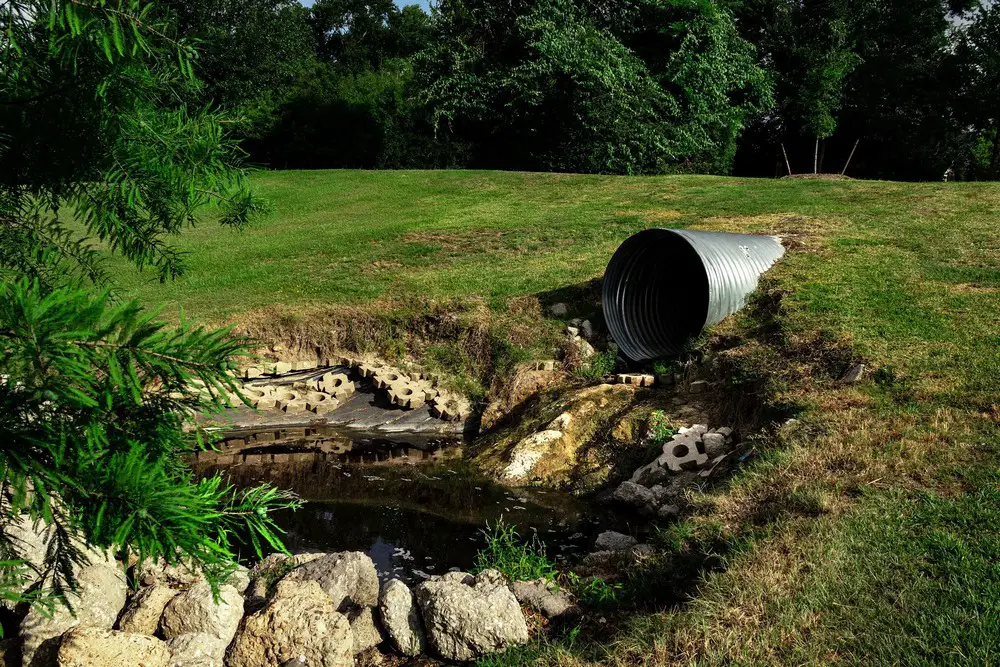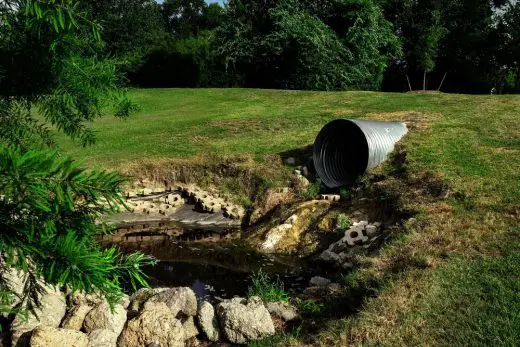Everything you need to know about sewer odor in buildings guide, Building plumbing smell tips, Avodiing gases advice
Know about sewer odor in buildings guide
22 Sep 2021
As insignificant as it may seem, sewer odor can be a massive problem when it happens in your building. Sewer odor can be very bothersome and has negative effects, especially if the property is commercial. The bad smell will affect clients and customers in such a way that businesses situated in the building may suffer the consequences.
It can even drive away current employees. It doesn’t matter how clean your building environment is, if there is a bad smell that surrounds the people in it constantly, any kind of temporary masking techniques will be pretty much useless. Such odors are the result of a sewer line issue and require a sewer line repair.
So what is the reason behind this hideous smell that may come from the not-so-used parts of the building and later become a major problem? Here’s everything you need to know about it.
Everything you need to know about sewer odor in buildings
What is behind sewer odor?
Sewer odor is technically the sewer gas that comes out of the sewer system. This gas is actually a mixture of certain inorganic gases that contain hydrogen sulphide, ammonia, carbon dioxide, methane and nitrogen. Among all these gases, hydrogen sulphide, ammonia and methane have naturally foul smell and this is typically the root cause behind bad sewer odors.
Every sewer line releases these gases but if released in very small amounts, which is usually the case, it is almost odorless as the odor is not even detected by the human nose. However, when the accumulation is more significant in amount, the smell becomes more and more bothersome and even has the potential to injure respiratory systems.
How do sewer odor gases get into buildings?
Sewer gases typically don’t simply enter buildings. Rather, they escape through various routes like restrooms, basements, janitorial closets etc. But through plumbing mishaps, it is possible that sewer gas can enter the building directly and worse, it can stay in the building long enough to start bothering people.
There are various possible routes from which sewer odor can enter a building. These are the routes that you should check on immediately if your building has an odor problem.
Blocked vents: Facilities usually have actively running vent systems that are there to facilitate plumbing. The primary purpose of a plumbing vent is to nullify the atmospheric pressure that is created by the waste water running through the system. But when there is a blockage in the vent, the gas cannot escape out of the building anymore and rather starts building up inside the building causing odor issues.
Damaged drain lines: A damaged or a cracked drain line can also be the origin of a foul sewer smell in your building. Because of the crack, the gases are released into the building itself rather than being carried out. This route is a very rare route for sewage and sewer gases but can result due to the age of the building or catastrophic events like earthquakes etc. In the absence of urgent attention and proper sewer line repair, damaged drain lines can be a bigger issue.
Dry traps: Dry traps are considered the most common reason for sewer gas issues. It is a very simple device that is considered a plumbing mishap. Consisting of a U-shaped piping and tubing, it connects the sewer lines with restrooms and janitorial closets. When gases accumulate in a dry trap, they release the gas into the building rather than taking it out.
Are these gases hazardous?
Sewer gases including hydrogen sulphide, ammonia and methane are harmful if inhaled closely because of the concentration levels. These gases have a depressive effect on the human neural system and can even be fatal at a point. But, when they are released with other gases as a mixture from sewers, the concentration is pretty low which is why they aren’t particularly harmful. Without repairing the sewer line, the gases become more bothersome and irritating rather than being physically fatal.
How to stop sewer odor permanently?
To temporarily tackle a sewer odor problem caused by a dry trap, simply pour liquid down it so that the gases dissipate and the odor goes away. But, because this is only a temporary solution, when the trap goes dry again the smell will come back. Cleaning blocked vents and repairing damaged drain lines is almost impossible to do on your own. The best solution to combat the odor issues caused by these elements is to get professional help. A professional company specializing in sewer line repair such as Go Direct Plumbing Sewer and Water in Colorado is an excellent example of a go-to solution for sewer related issues including the removal of sewer odors in buildings.
Comments on this Everything You Need to Know about Sewer Odor in buildings article are welcome.
Plumbers
Plumbers Posts
How to Handle a Plumbing Crisis
4 common plumbing problems a camera inspection can find
Ten warnings that you have plumbing issues
Building
Residential Architecture Articles
Comments / photos for the Everything You Need to Know about Sewer Odour page welcome






